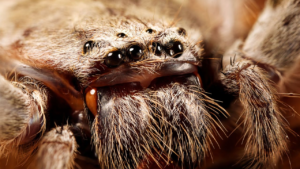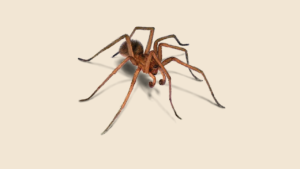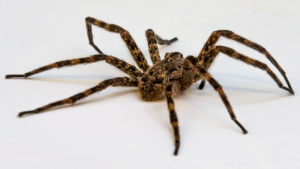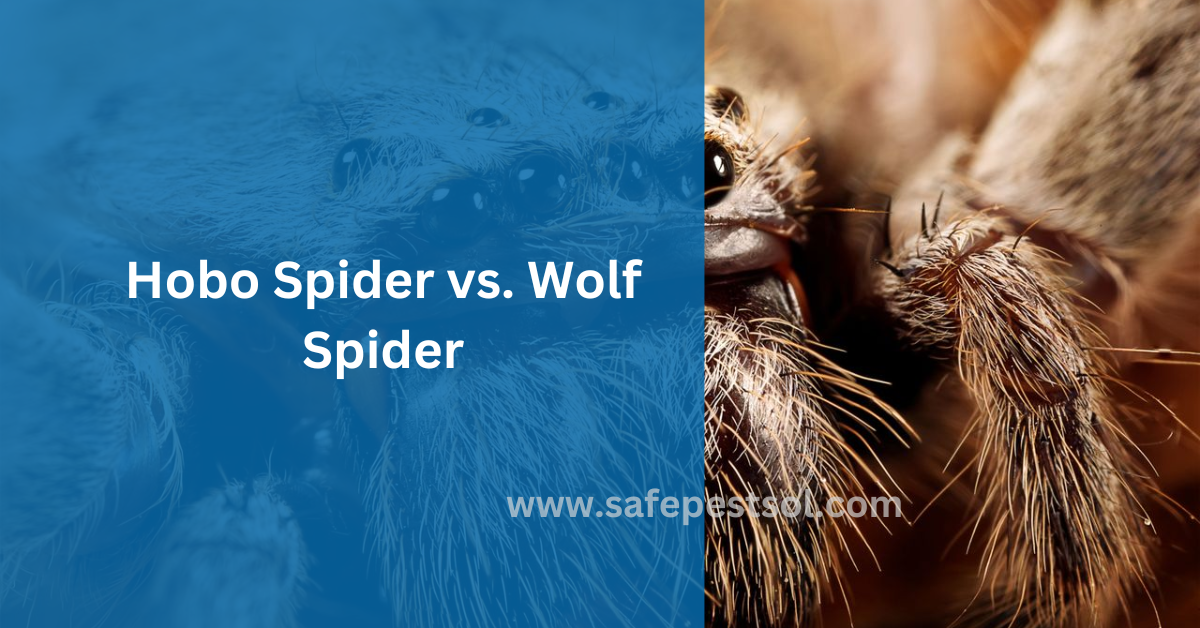Hobo Spider vs. Wolf Spider: Differences, Similarities, and More
Spiders are very interesting and even scary creatures to people. Discussing the hobo spider vs wolf spider is a fascinating subject because both spiders look slightly similar, and most share many habitats in North America.

Although both spiders are very common in appearance, they have different behaviors, physical bodies, and capture styles. In this blog, we will discuss what makes these two spider species different and what they have in common, from body looks to danger levels.
What Are Hobo Spiders?
Hobo spiders originate from Europe but are spread all over the United States via shipping routes. They belong to the Agelenidae family and have a funnel-shaped web.
Hobo spiders are typically brown, with black lines on the abdomen, and are 1 to 2 inches long. They live on the ground and do not climb well. They usually build funnel-shaped webs near the ground to trap prey.

It is the peak time for seeing these spiders from late summer to early fall because this is their mating season. Many people can’t differentiate between hobo spiders and brown recluse spiders, but the Hobo spider’s venom is relatively mild to human bodies.
Very few cases of hobo spider bites have been reported. Hobo spiders only bite when they feel directly threatened.
What Are Wolf Spiders?
Wolf spiders are members of the Lycosidae family, active hunters that rely on agility and incredible vision rather than webs. The wolf spider is more significant than the hobo and has an average size of 2 inches.
Their bodies are hairy, with a shaded color of black and brown. Wolf spiders have large eyes reflecting light, so spotting them is easy. Unlike the hobo spider, wolf spiders are active at night and hunt instead of building webs.

Hobo and Wolf Spiders: Basic Differences
| Aspect | Hobo Spider | Wolf Spider |
| Family | Agelenidae | Lycosidae |
| Web | Builds funnel-like webs | Does not build webs |
| Hunting Style | Ambushes prey in funnel webs | Hunts actively, no webs |
| Appearance | Brown with black lines | Hairy, large eyes that reflect light |
| Size | Typically 1 inch | Up to 2 inches |
| Climbing Ability | Poor climber | Good climber |
| Activity Time | Night, especially during mating season | Primarily nocturnal |
Hobo and Wolf Spiders: Basic Similarities
Although there are many differences, hobos and wolf spiders share several traits. They are both grown dwellers that eat insects, which makes them natural pest controllers.
| Aspect | Hobo Spider | Wolf Spider |
| Venom | Mild, not dangerous to humans | Mild, not dangerous to humans |
| Habitat | Ground-level areas | Ground-level areas, gardens |
| Common Time of Activity | Night | Night |
| Primary Diet | Insects and small bugs | Insects and small bugs |
Both of these spiders are known to frequently be spotted near homes, particularly during cooler weather conditions, but none of them are typically harmless to humans.
Hobo Spiders vs. Wolf Spiders: How Do They Look?
Physical Appearance
The hobo spider seems to be one of the smooth and slender ones with brown color and black lines across the abdomen. Wolf spiders are quite robust and hairy and may appear in various shades of dark colors. One of the best ways to identify them is that they have large, reflective eyes, especially when exposed to light.
Size and Color
Wolf spiders are larger, up to 2 inches, while hobo spiders are roughly around 1 inch. Wolf spiders have more hairy bodies and can show color variations from dark brown to gray.
| Feature | Hobo Spider | Wolf Spider |
| Color | Brown with black lines | Dark brown, gray, or black |
| Body Type | Slender, smooth | Robust, hairy |
| Eyes | Small | Large, reflective eyes |
| Size Range | 1-1.5 inches | 1-2 inches |
Hobo Spiders vs. Wolf Spiders: Which One is More Dangerous?
Neither hobo nor wolf spiders are particularly dangerous as far as they feel any danger from humans. But their bites can cause very mild symptoms, as seen below:
- Hobo spider bites: You may feel redness, swelling, or minor itching. But this is relatively rare, and it doesn’t happen often.
- Wolf spider bites: Wolf spider bites can be mildly painful and sometimes cause slight swelling and redness. However, they are generally harmless, and there is no need to visit a doctor unless someone is allergic.
In short, both of these spiders are non-poisonous. However, people who have allergies may experience different reactions. In any case, there is no need to panic if any of these spiders bite, but it is recommended to take precautions to be on the safe side.
Eating Habits of Hobo and Wolf Spiders
Hobo spiders and wolf spiders are carnivorous, but they mainly eat different sets of insects and other minor bugs.
- Hobo spiders: They normally capture their prey in funnel-shaped webs. These spiders stay near the entrance and wait for unsuspecting insects that enter the web.
- Wolf spiders: They are active hunters, which don’t use webs to hunt. They get active mostly during a nighttime. They chase their insect food by relying on speed, and agility to catch prey off the ground.
| Aspect | Hobo Spider | Wolf Spider |
| Method of Catching Prey | Funnel-like webs | Active hunting, no webs |
| Common Prey | Insects, small bugs | Insects, small bugs |
| Activity Time | Night | Night |
Conclusion
Hobo and wolf spiders have unique characteristics that distinguish them. Hobo spiders prefer ground-level spaces and catch prey in funnel-like webs. At the same time, wolf spiders are active predators that use agility and keen eyesight to catch their prey without relying on webs.
Sometimes, these spiders do appear frightening, but they are helpful in controlling pests in house areas and gardens.
FAQs
Q1: How can you tell the difference between a hobo spider and a wolf spider?
A: Hobo spiders are typically brown with black lines on their abdomen and build funnel-shaped webs. Wolf spiders, on the other hand, have a hairy body, larger size, and large reflective eyes that help identify them, especially under light.
Q2: Are wolf spider bites dangerous to humans?
A: Wolf spider bites are generally harmless, causing only mild pain, redness, and possible swelling. Unless an individual has an allergic reaction, bites from wolf spiders rarely need medical attention.
Q3: Where do hobo spiders and wolf spiders live?
A: Hobo spiders are usually found in ground-level areas and avoid climbing, while wolf spiders prefer gardens and tall grass and are sometimes spotted in homes as they hunt for food. Both types of spiders can live in various habitats across North America.
Noticed Spiders in Your Home? Let us Help You Then!
While most spiders are not a danger to humans, some venomous species, like the black widow, can be harmful. In such situations, you can call professionals like us, sit back, relax, and leave the rest to us.

